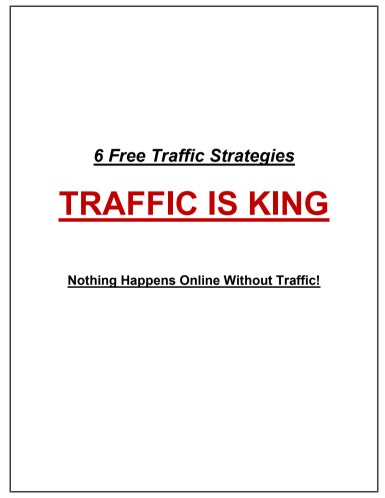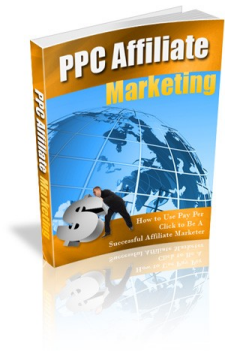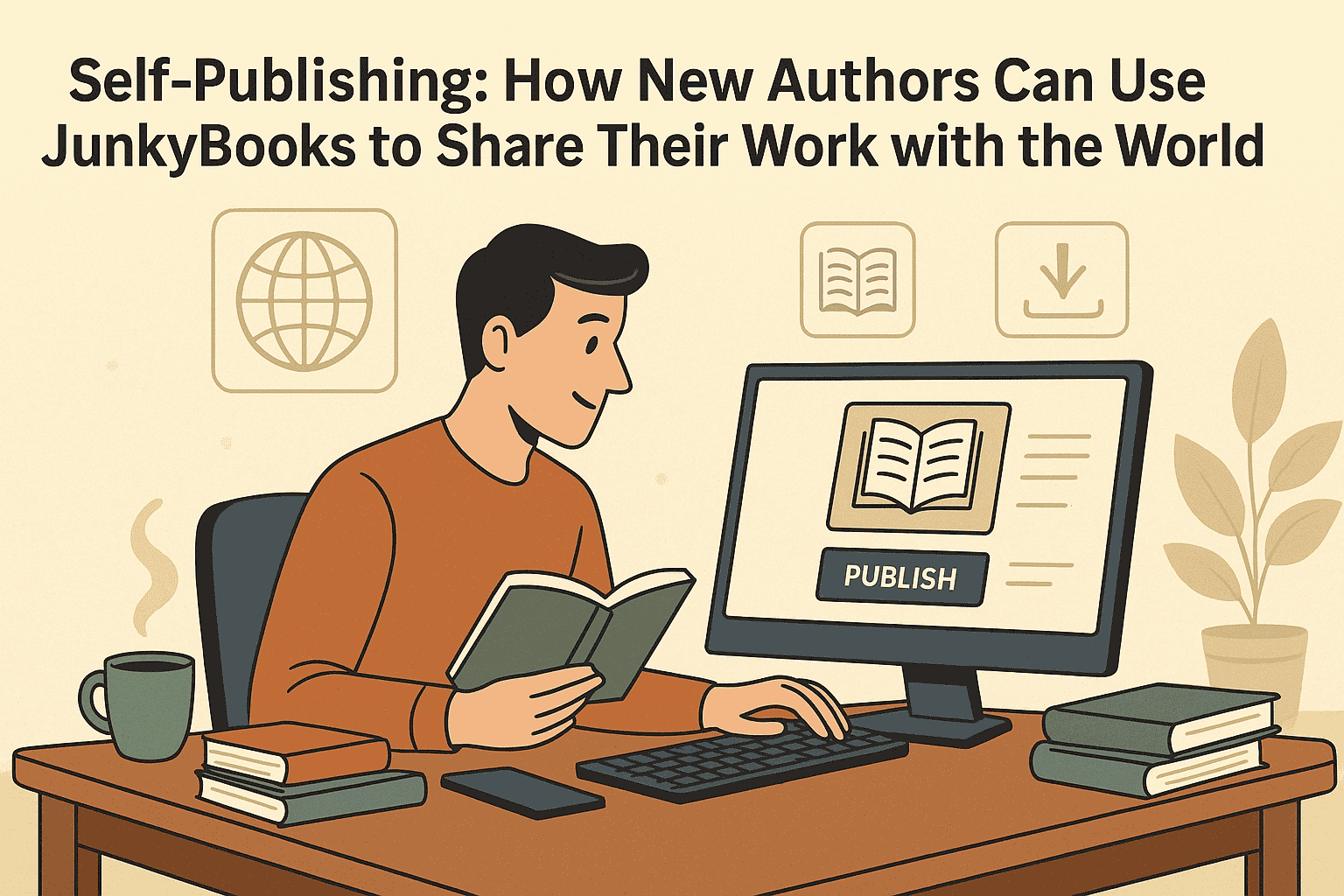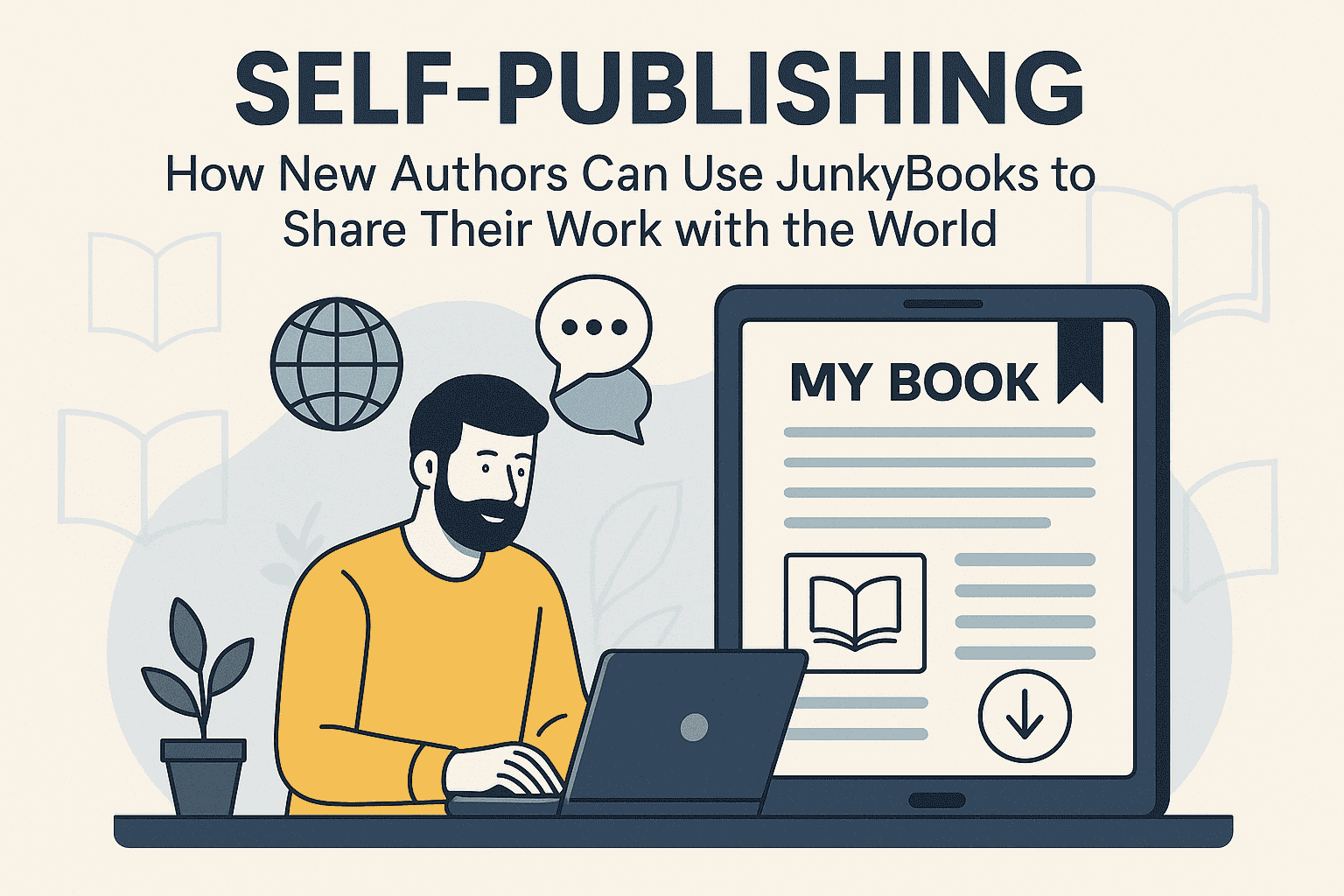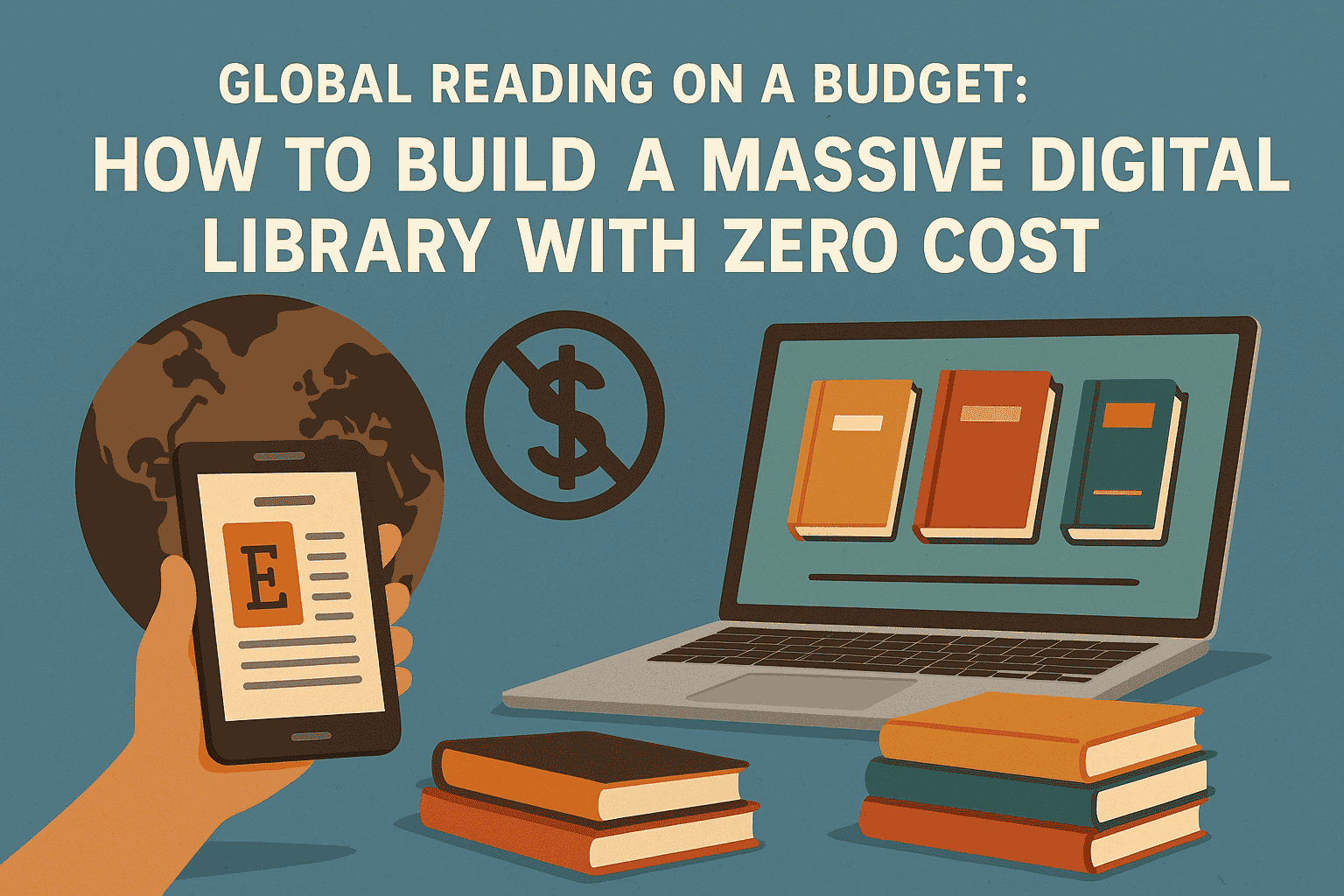How to Get Your Book Into Bookstores and Libraries
Publishing your book is a major accomplishment, but getting it into the hands of readers is the next crucial step—and for many authors, that means getting their book onto the shelves of bookstores and libraries. Whether you're self-published or traditionally published, navigating the retail and library landscape requires strategy, persistence, and a solid understanding of how these systems work.
Getting your book into bookstores and libraries increases credibility, visibility, and discoverability. For self-published authors especially, these placements can validate your work in the eyes of readers who trust curated spaces. While the process can be competitive and challenging, it is by no means impossible. This guide outlines the key steps and insights needed to give your book its best shot.
Why Bookstores and Libraries Still Matter
In the digital age, it's easy to focus exclusively on Amazon, eBooks, and social media marketing. But brick-and-mortar bookstores and libraries still play a powerful role in reader engagement and book discovery. Here’s why they matter:
-
Trust and credibility: Readers often assume that books in libraries and stores have been vetted for quality.
-
Foot traffic exposure: Browsing readers may discover your book even if they didn’t know to search for it.
-
Local author connections: Bookstores and libraries often support local talent, especially for signings and readings.
-
Longer shelf life: Books in libraries remain available to readers for years, unlike fleeting online trends.
-
Word of mouth: Librarians and booksellers are influential tastemakers who can recommend your book to countless readers.
Let’s explore how to position your book for success in these environments.
Step 1: Ensure Your Book Meets Industry Standards
Before approaching any store or library, your book must look and read professionally. Whether you're traditionally published or self-published, your book must meet the expectations of buyers and librarians. This includes:
-
A professional cover design: A bookstore-quality cover is non-negotiable.
-
Proper formatting and editing: Typos, poor layout, and inconsistent fonts are instant red flags.
-
ISBN and barcode: Required for inventory systems in both stores and libraries.
-
Print availability: Your book should be available in paperback or hardcover, not just as an eBook.
-
Distribution through IngramSpark or a wholesaler: Most bookstores and libraries prefer ordering through Ingram (via IngramSpark for indie authors) because it integrates with their systems and allows standard returns.
Step 2: Create Marketing Materials
Before you reach out, prepare a one-page sales sheet (also known as a sell sheet) with the following details:
-
Title, author, and genre
-
Short book description or blurb
-
ISBN and publication date
-
Price and formats available
-
Distribution details (Ingram, Baker & Taylor, etc.)
-
Author bio and contact information
-
Any awards, notable reviews, or endorsements
-
Ordering and return information
You can also prepare a media kit with your author photo, press release, and promotional images, especially if you plan to do readings or local events.
Step 3: Focus on Independent and Local Bookstores First
Chain bookstores are difficult to crack unless you're with a major publisher or have demonstrated significant sales. Start by targeting independent bookstores, especially those that prioritize local authors.
Here’s how to approach them:
-
Do your research: Learn what kinds of books the store stocks and what local authors they've supported.
-
Visit in person: Whenever possible, shop at the store first. Buy something, chat with staff, and build rapport.
-
Bring a copy of your book: Include your sell sheet and business card.
-
Be concise and professional: Briefly explain who you are, what your book is about, and why it fits with their inventory.
-
Ask about consignment: Many independent stores accept local books on a consignment basis—meaning they only pay you after the book sells.
-
Be prepared to follow up: Staff may need time to review. A polite follow-up in a week or two can go a long way.
Tips for Success
-
Offer to do a book signing or reading, especially if you have a local following.
-
Promote the bookstore on your social media and encourage your audience to shop there.
-
Don’t expect instant results—relationships with bookstores often develop over time.
Step 4: Get Your Book into Library Catalogs
Libraries acquire books differently than bookstores. They focus on value to their patrons, quality of content, and demand. Here's how to improve your chances of getting into library systems:
1. Get Reviews in Library-Friendly Publications
Librarians rely on trusted sources like:
-
Kirkus Reviews
-
Booklist
-
Library Journal
-
Publishers Weekly
These reviews carry significant weight and can make your book more appealing to library buyers.
2. Distribute Through Library Wholesalers
Make sure your book is available through Baker & Taylor and Ingram, as these are primary library suppliers.
3. Add Your Book to WorldCat
WorldCat is a global library catalog. If your book is in WorldCat, librarians can easily find it. You can request to add your book via your ISBN if it's not already listed.
4. Contact Local Libraries Directly
Most libraries have a "Suggest a Purchase" form on their website. Encourage your readers to request your book through their local libraries as well.
You can also:
-
Reach out to acquisitions librarians with your sell sheet
-
Offer to donate a copy (especially to start)
-
Suggest author talks or local writing workshops
-
Join author panels or community events
5. Consider the Library of Congress
If you're publishing in the U.S., applying for a Library of Congress Control Number (LCCN) adds legitimacy. It can also help libraries catalog your book more efficiently.
Step 5: Leverage Local and Online Media
Exposure helps drive demand—which in turn makes stores and libraries more willing to carry your book. Here’s how to build buzz:
-
Pitch to local newspapers, blogs, and podcasts
-
Get reviewed by book bloggers and Instagram reviewers
-
Use Goodreads giveaways or reader groups to generate interest
-
Run targeted Facebook or Instagram ads for your book and mention where it’s available locally
All of this builds demand and gives retailers and libraries a reason to take notice.
Step 6: Use Author Events to Your Advantage
Nothing gets a local bookstore or library more interested than a crowd. Offer to host:
-
A book launch party
-
A reading and signing event
-
A workshop or panel discussion
-
A Q&A session on writing or publishing
Make it easy for them: bring your own audience, promote the event yourself, and ensure everything runs smoothly. If the event is successful, it’s likely they’ll want to stock your book permanently.
Step 7: Track Sales and Stay Professional
If your book is on consignment or stocked in a few places, treat it like a business. Keep records, check in periodically, and maintain a professional relationship. If a store is selling your books steadily, you can propose stocking additional titles or running a new promotion.
Likewise, if a library system acquires your book, stay in touch. Offer new books as you publish them and continue engaging with their programming and community events.
Final Thoughts
Getting your book into bookstores and libraries is a process that takes effort, persistence, and a willingness to build relationships. It requires authors to think like entrepreneurs, marketers, and literary advocates all at once. But the payoff—seeing your book on a shelf, being read by someone who discovered it unexpectedly—is well worth the work.
Whether you’re an indie author or working with a small press, the key is to position yourself as a professional. Make your book look and read like something people want to buy, make it easy for booksellers and librarians to say “yes,” and back it all up with smart marketing and genuine enthusiasm.
Remember: every great book deserves to be read—and there’s no better place for that than a trusted bookstore or community library.


